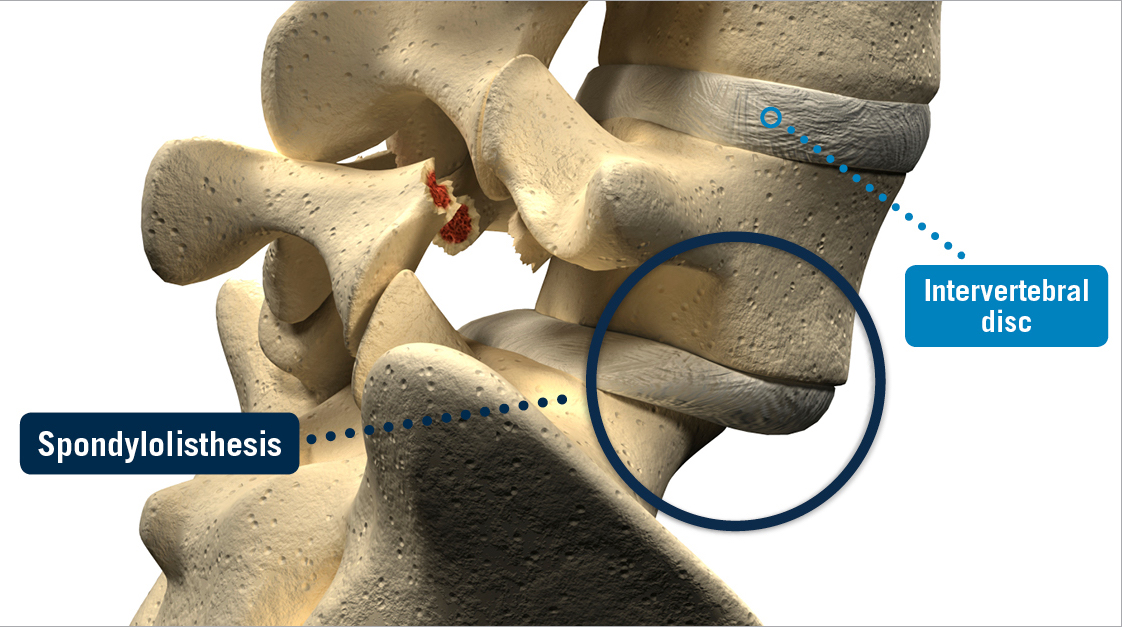Full Description
Spondylolisthesis occurs when there is abnormal alignment of the spine when seen from the side (lateral view). The vertebra above slides forward relative to the one below it. There may be abnormal spinal motion associated with this condition. There are patients who have spondylolisthesis and do not have symptoms. Spondylolisthesis can be developmental or develop in adolescence or adulthood.
Screening and Diagnosis
The best initial test for diagnosis of spondylolisthesis is an x-ray taken in the standing position. For further confirmation of spondylolisthesis, an MRI or CT scan may be ordered. During a neurological exam, your doctor will test your reflexes and muscle strength. Most commonly with spondylolisthesis, the neurological exam findings are relatively normal.
Treatments for Spondylolisthesis
Treatment varies with severity of the spondylolisthesis. Most patients require only physical therapy combined with activity modification. If pain is arising from nerve root irritation, epidural steroid injection may be considered. For cases with severe pain not responding to therapy, if the slip is severe or there are neurologic changes, the slipping vertebra might be surgically fused to the vertebra below it. It is important to discuss treatment options with your doctor in deciding which treatment, if any, may be best for you.
Treatment Options:
- Anterior and Posterior Decompression with Fusion Cages
- Laminectomy Decompression with Graft
- Posterolateral Fusion
- Spinal Instrumentation with Pedicle Screws


